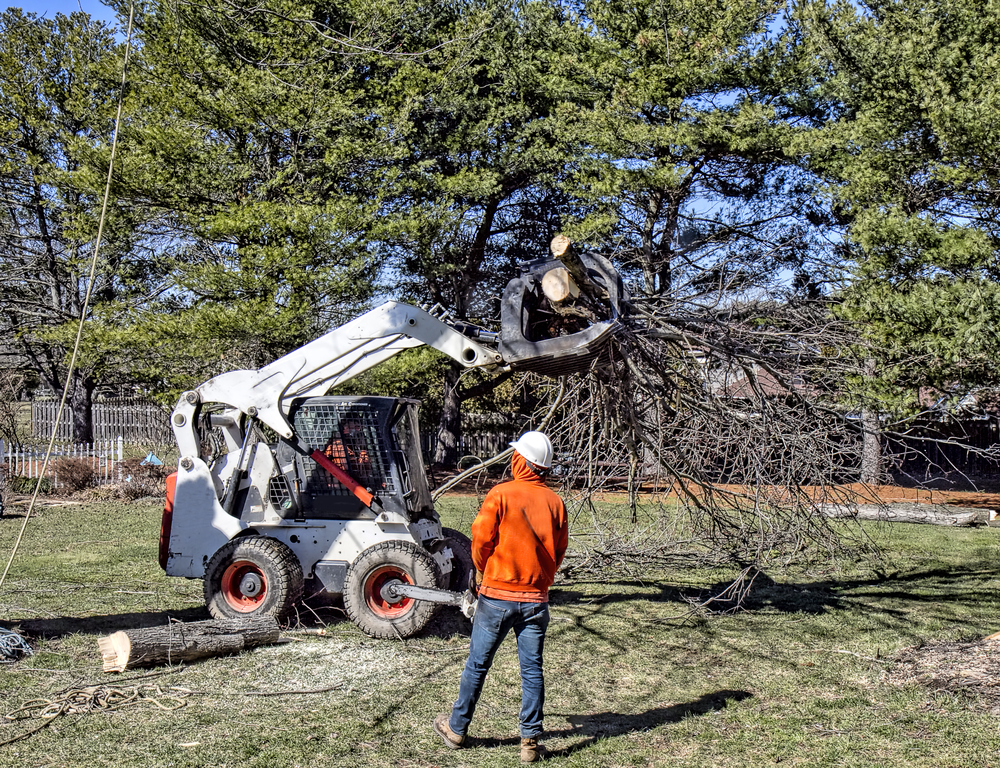

We may earn revenue from the products available on this page and participate in affiliate programs. Learn More ›
There comes a time in every tree’s life cycle where its beauty and splendor runs out and it becomes a liability rather than a beloved landscape feature. Most homeowners, DIYers, and caretakers resist haphazardly removing trees until it’s absolutely necessary. The question is: When is it “absolutely necessary”?
This guide will explain some of the most telling signs that a tree in your yard needs to be taken down. If any of these apply in your situation, call a local arborist for a professional evaluation.
1. It’s no longer growing leaves.
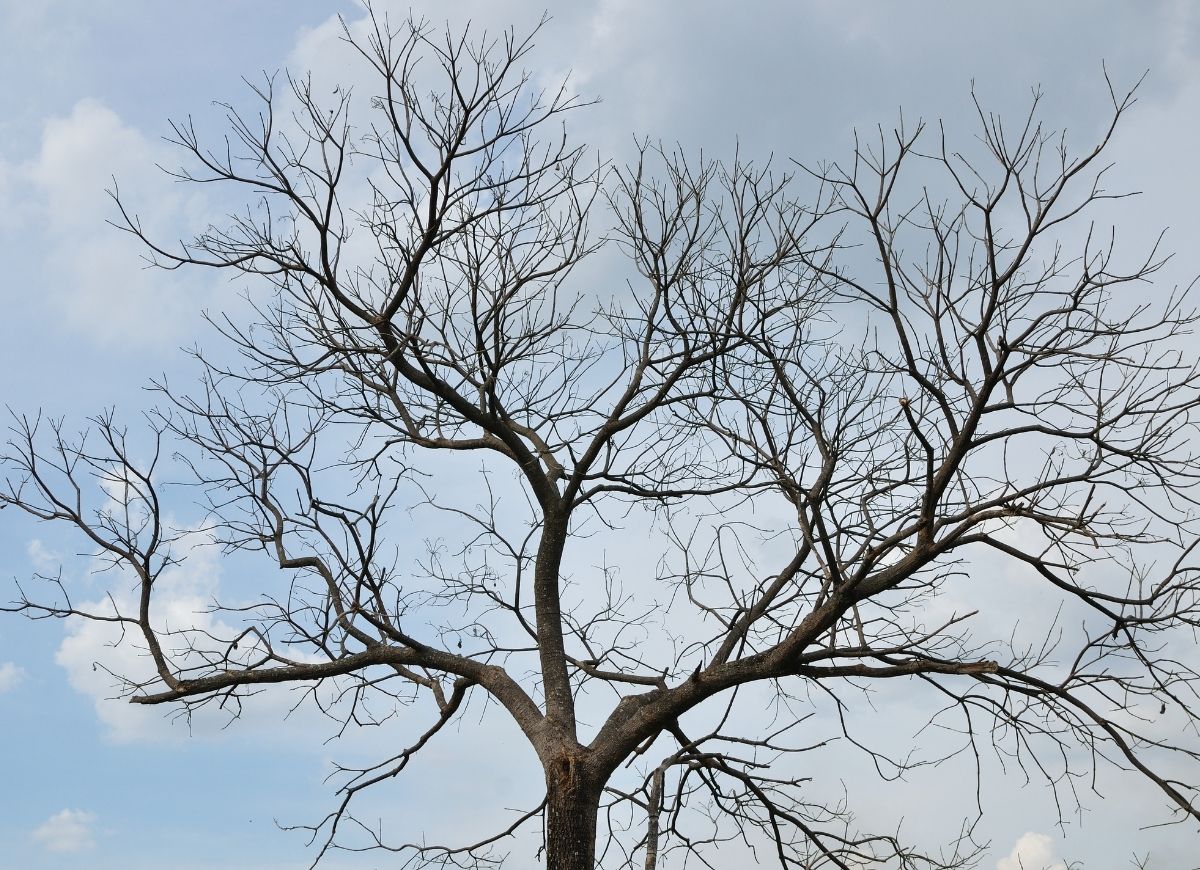
If a tree in the backyard used to grow big, beautiful leaves but has since given up on making leaves, it sadly might be time to introduce it to a chainsaw. Whether the failure to leaf is from pest damage, a lightning strike, an adverse environment no longer conducive to growing, or simply old age, these trees aren’t likely to recover. Rather than letting them fall on their own, it may be a good idea to have them removed.
2. It’s randomly dropping branches.
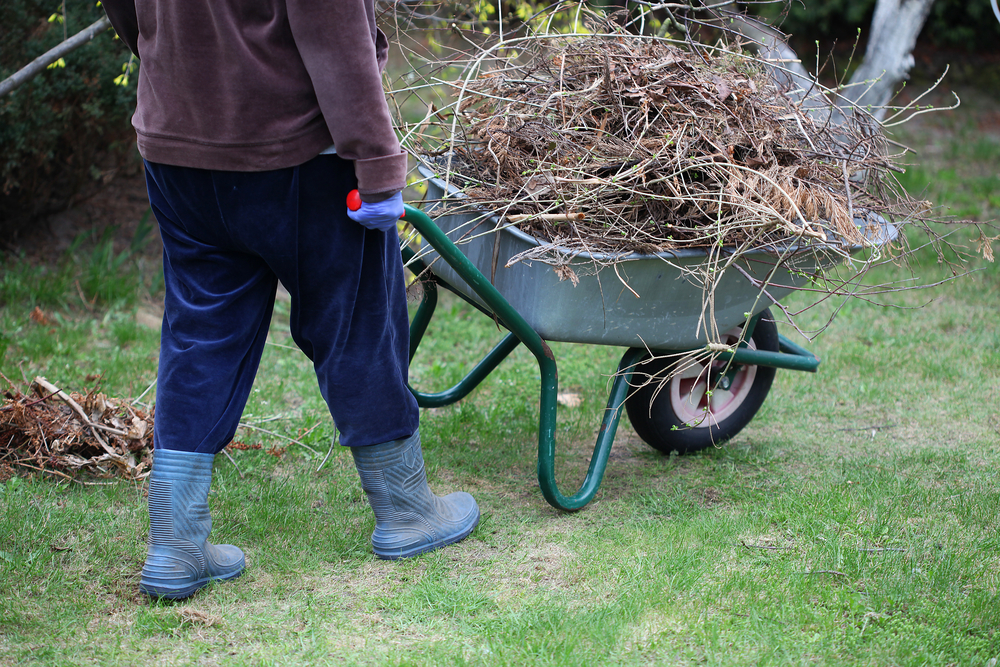
Dropping a branch every now and then, specifically after a storm, is normal for mature trees (even if they’re still producing leaves). However, randomly dropping dead branches in the yard is a sign of a bigger problem. This is often due to pest damage or disease, and it can make a tree extremely dangerous in a yard.
RELATED: 7 Signs Your Tree is Dying—and How to Save It
3. It’s causing neighborly disputes.
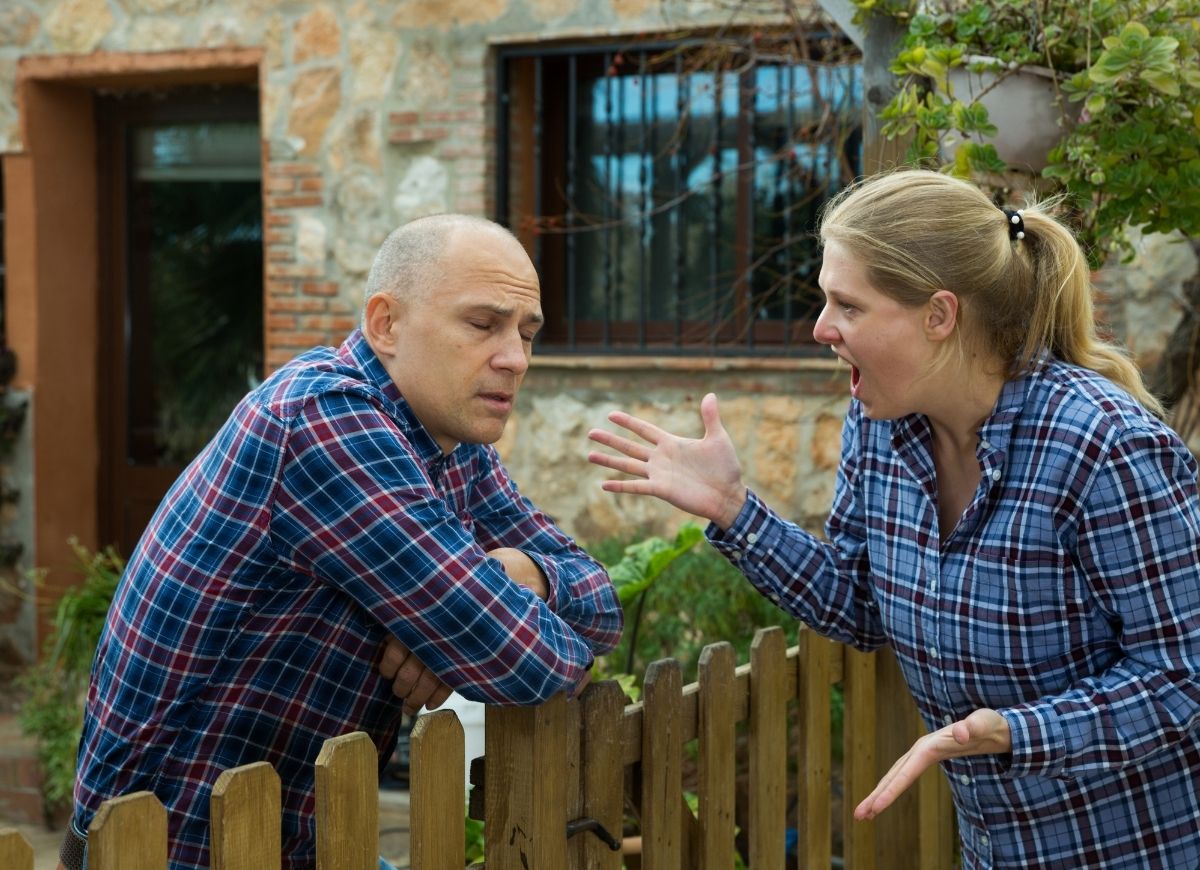
Even neighbors who otherwise enjoy each other’s company might have disagreements over trees that border property lines. In many cases, the trees just require professional trimming to keep everyone happy. However, in some cases, such as a root system spreading under and heaving fences or driveways, it might be time to say goodbye to that big green giant.
4. It has experienced considerable storm damage.
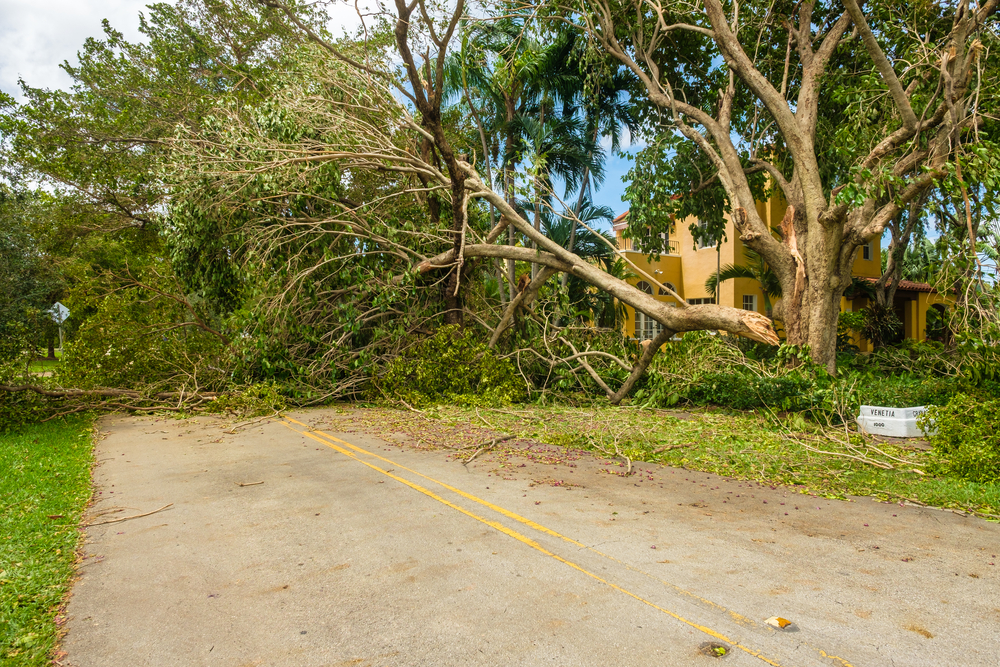
Trees are incredibly resilient, but if a storm comes through and causes a significant amount of damage, it might be time for it to go. Look for large splits, broken trunks, uprooting (where the tree begins to lean and pull the root system up), and other visible signs of damage. While the tree could recover from some storm damage, it might be dangerous in the meantime. An arborist can explain your options.
RELATED: The Best Landscaping Companies
5. It’s too close to a structure.

Knowing where to plant a seedling so that it doesn’t become a hazard in 30 years is far beyond the scope (or foresight) of most homeowners and DIYers. In some cases, otherwise healthy trees grow too close to a home, possibly damaging the structure with roots or branches. This is another situation where a professional pruning might solve the problem, but sometimes, the only solution involves cables, winches, bucket trucks, and chainsaws.
6. It’s stunting other plants’ growth.
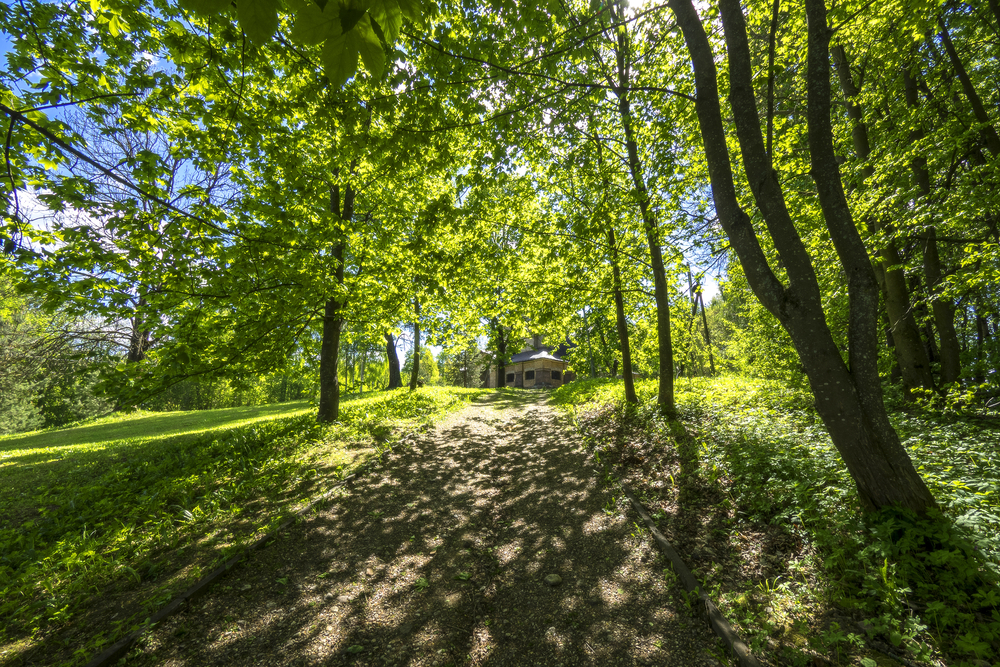
Thick tree canopies are great for shade, but thickly forested areas can struggle to produce undergrowth like grass, saplings, and ferns. This is called overcrowding, and removing those trees can be a conservation tactic to consider.
For some folks, bare forest floors on their property aren’t an issue, but others want to give the wildlife that depends on this underbrush a better environment. To do so, carefully selected trees that are otherwise quite healthy might need toppling.
RELATED: The Dos and Don’ts of Landscaping Around Trees
7. It’s rotten.
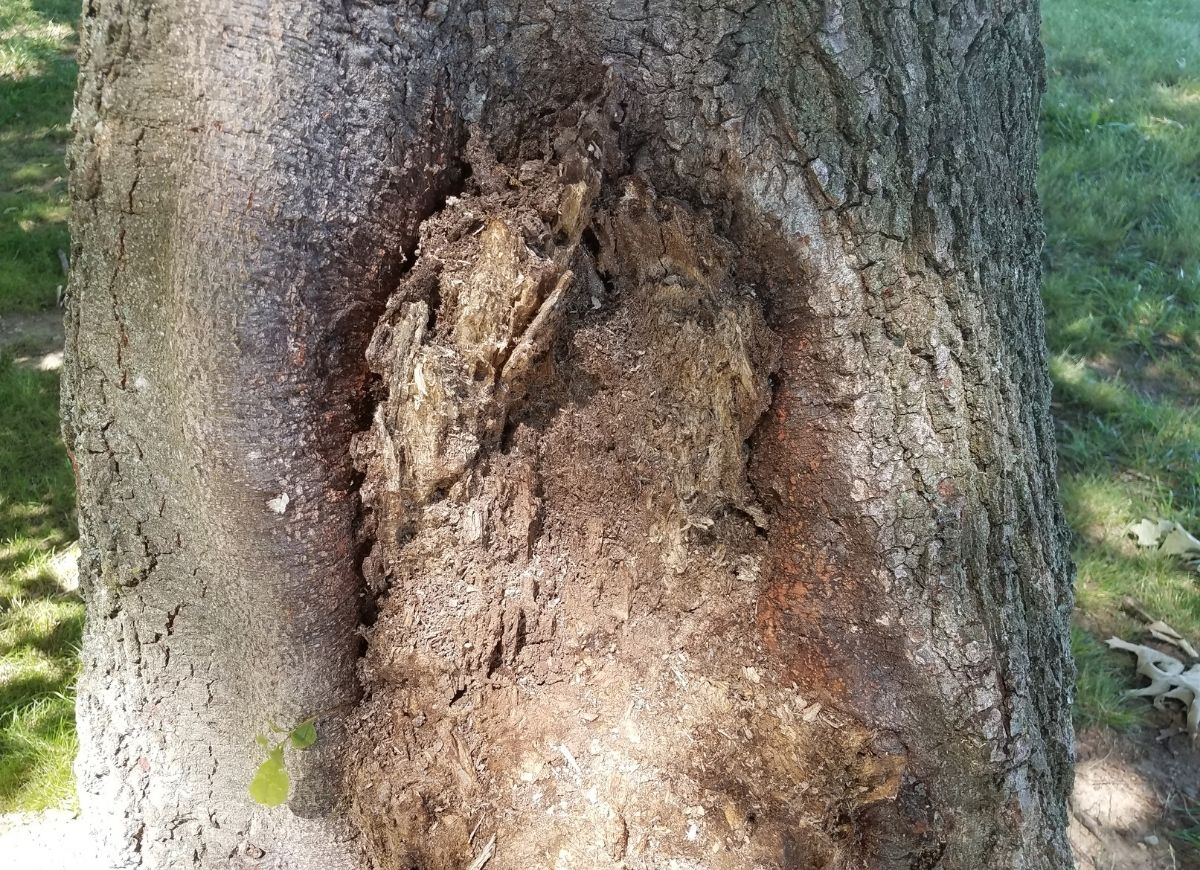
Rot can be deceiving, but it’s never a good sign. Trees with rotten, hollow trunks can grow new leaves and look relatively healthy while also trapping moisture and disease within the trunk. This weakens the trunk, allowing strong gusts to stretch and break wood fibers in areas where the tree can’t repair them.
A little soft wood (also known as punk) isn’t necessarily a death sentence, but professional arborists can help homeowners make those decisions.
8. It has new sprouts near the base of the trunk.
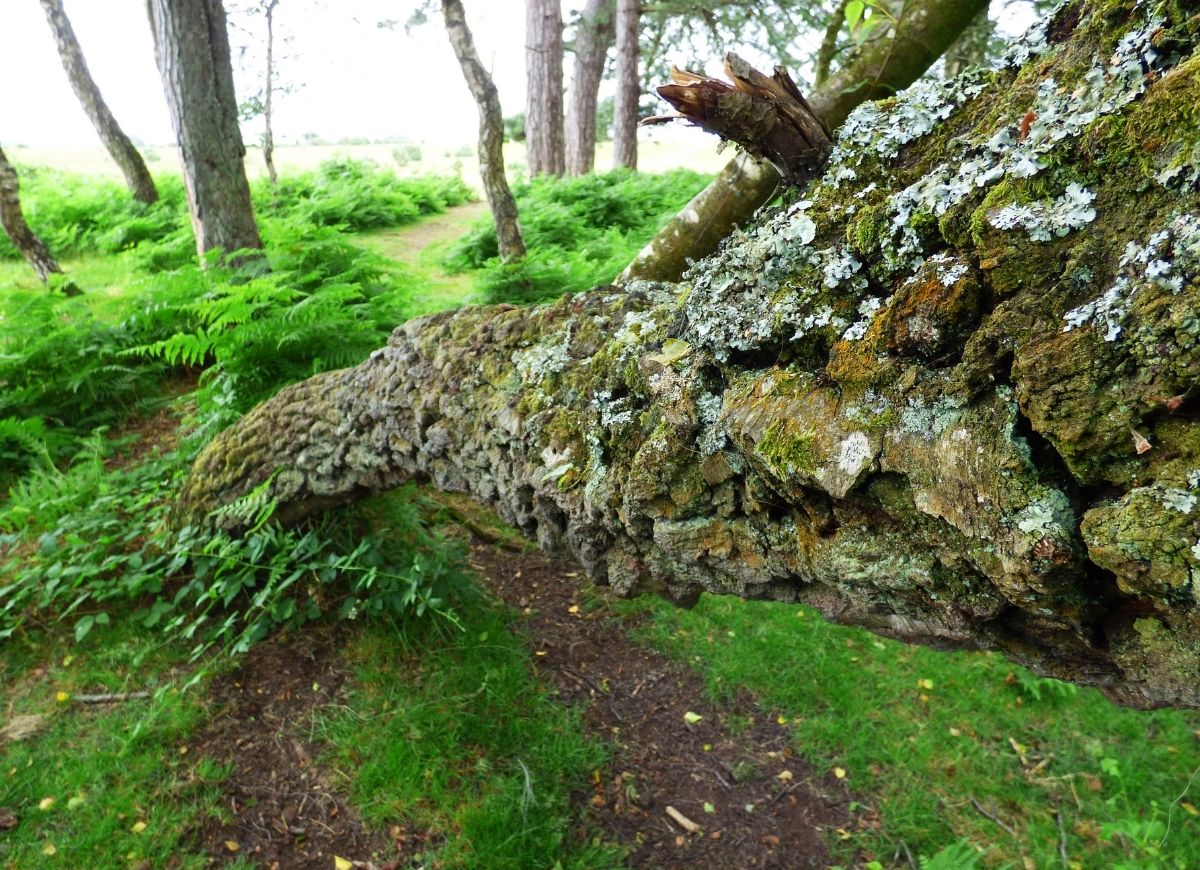
Those new sprouts around the base of the trunk might seem like new life, but they’re actually a sign of something being seriously wrong. This is a natural reaction that a tree may go through after experiencing extreme distress due to environmental changes, overexposure to sunlight, and other life-threatening scenarios. It’s definitely time to call an arborist for an evaluation.
9. The tree is leaning.
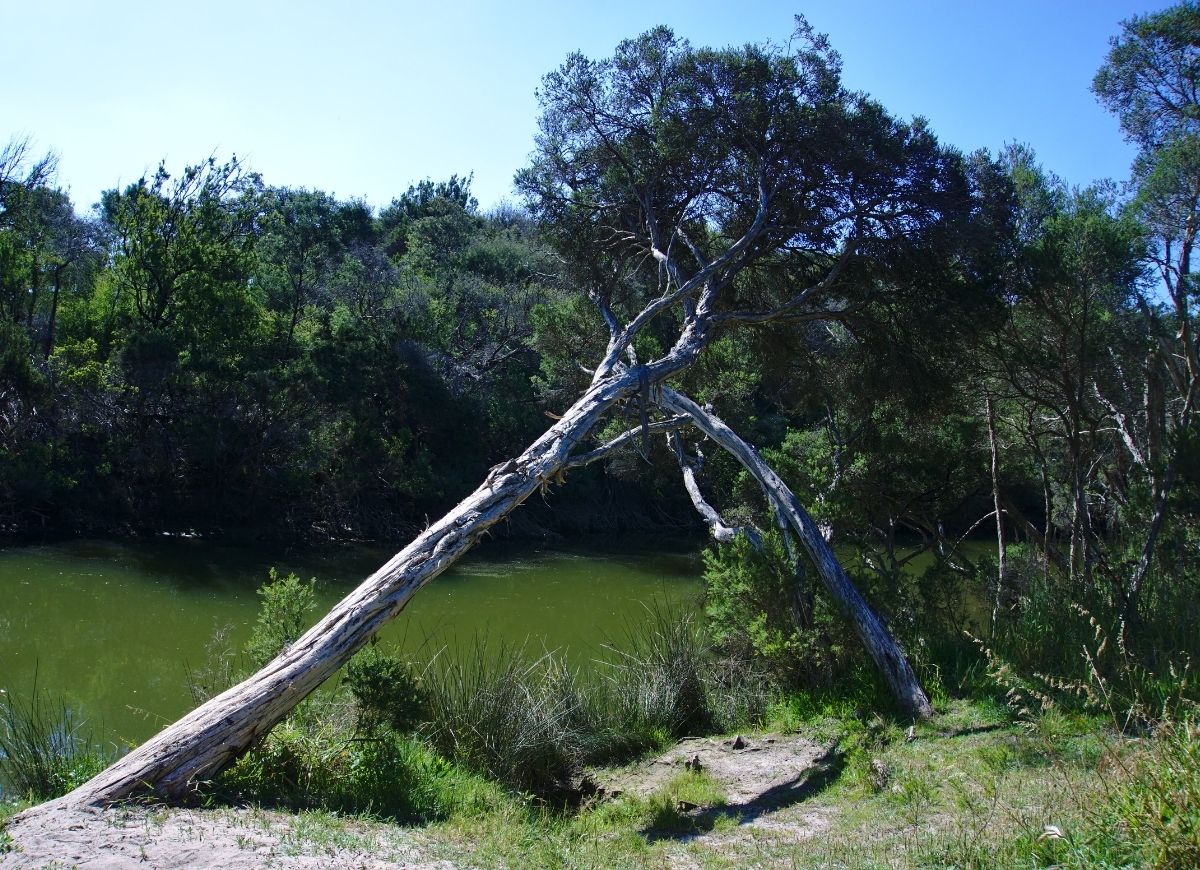
Trees might grow slightly askew, and it’s usually due to stretching for sunlight, or possibly stress experienced in their early stages of growth. However, this obviously causes balance issues, and tree roots aren’t always strong enough to keep these trees grounded throughout their life cycle. They’ll typically end up falling during a storm when they’re weighted down with water, ice, or snow, or are exposed to extreme winds.
Also, trees that lean suddenly are experiencing root breakage, and it’s usually just a matter of time before the tree comes crashing down. It’s best to get ahead of it.
RELATED: Solved! What to Do If a Tree Falls on Your House
10. It’s a danger to the public.
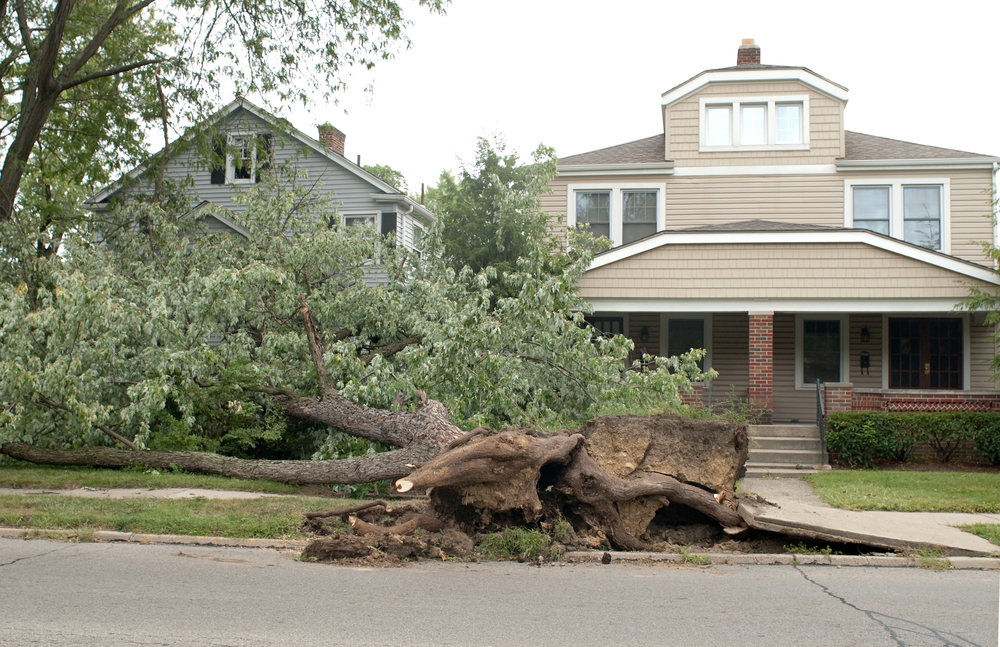
Most folks know of at least one or two stop signs or streetlights in their neighborhoods obstructed by trees or branches. These trees, while beautiful and healthy, might need to come down for public safety reasons. Occasionally, the local code enforcement officer will make this determination, but homeowners need to ask themselves if they can deal with the guilt of an accident in front of their home because they refused to take an obstructing tree down.
